Planting a fall garden or even a winter harvest garden in the late summer or early fall is a smart thing to do. It lets you extend the gardening season and get more free(ish) food for longer.
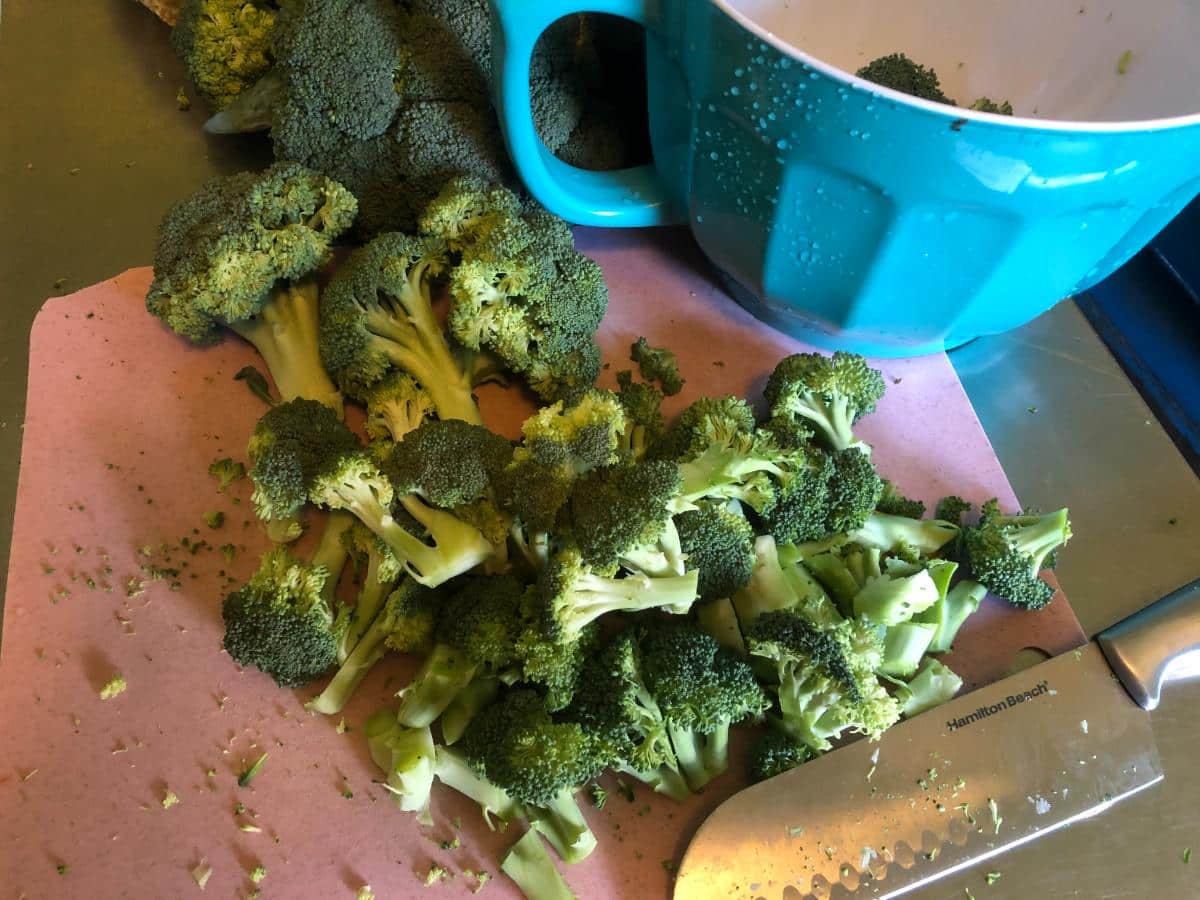
There are some plants you don’t need to bother replanting for fall or winter, though. Broccoli is one plant in particular that isn’t worth replanting for the fall. And here’s why!
Jump to:
- 6 Reasons to Keep Your Summer Broccoli and NOT Replant for a Fall Succession Crop
- 1. Replanting broccoli for fall is sort of a waste of time
- 2. Harvest side shoots from established summer plants instead!
- 3. You can eat other parts of the broccoli plant for more harvests
- 4. It’s harder to get fall broccoli to mature to harvest
- 5. It’s just more work to replant for similar harvests and (possibly better) results
- 6. Save money by keeping your summer broccoli plants going instead
- When You Might Consider Replanting Broccoli for Fall
6 Reasons to Keep Your Summer Broccoli and NOT Replant for a Fall Succession Crop
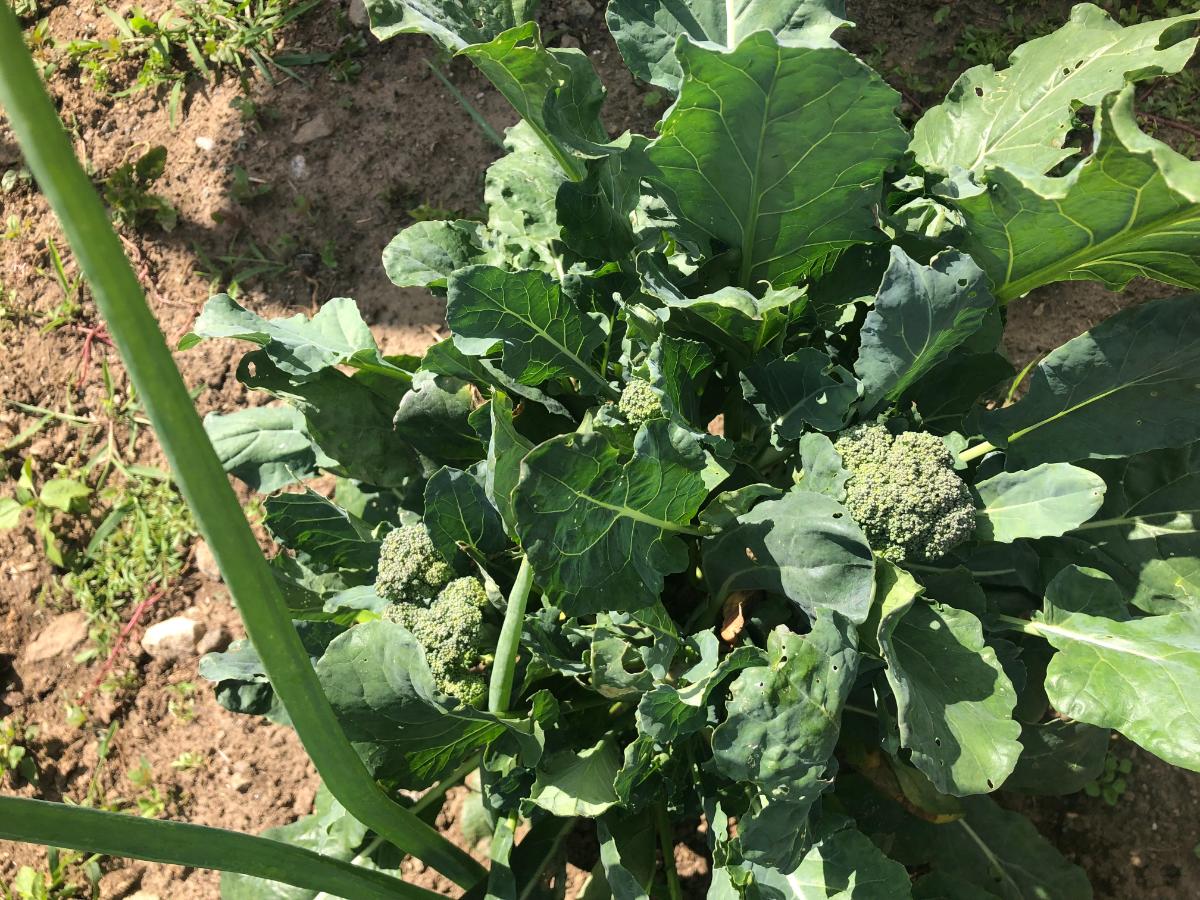
Broccoli is not a one-and-done type of plant. It’s not like cauliflower (which does have other useful bits but won’t rebound for a subsequent harvest). The two are related, but broccoli will be a much more long-term plant if you leave it to grow and continue to produce.
For this and other reasons, it is a better use of garden time, space, and effort to just keep using the same plants you grew through the summer and not plant broccoli for a second round in the fall.
1. Replanting broccoli for fall is sort of a waste of time
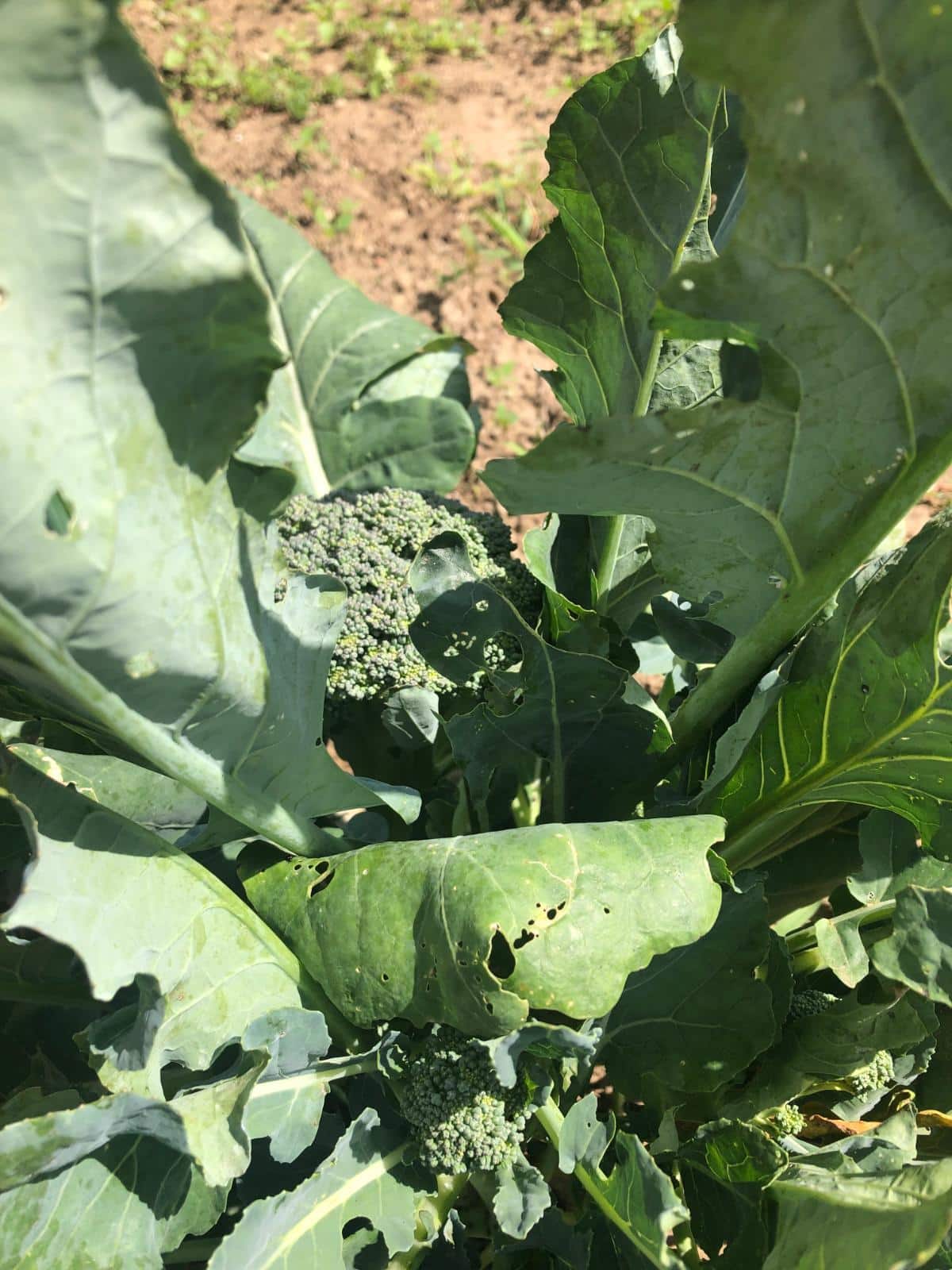
A lot of people don’t realize it, but if you leave broccoli plants in the garden after you cut the main head, there is still plenty of harvesting ahead of you.
Broccoli will keep growing and producing through early frosts. It will continue up until a hard freeze stops it. In some years, that can be well beyond the fall garden season. Some years, it’s well past when you want to be done picking broccoli!
Seriously – you might quit before your broccoli plants do!
Since you can still get plenty of harvest from spring broccoli plants through the summer and fall, taking the time to replant and baby young transplants is sort of a waste of time. Because you could just keep cutting from the plants you’ve already grown and established.
It just makes sense to keep the plants you have instead of starting over when there is limited growing time left.
2. Harvest side shoots from established summer plants instead!
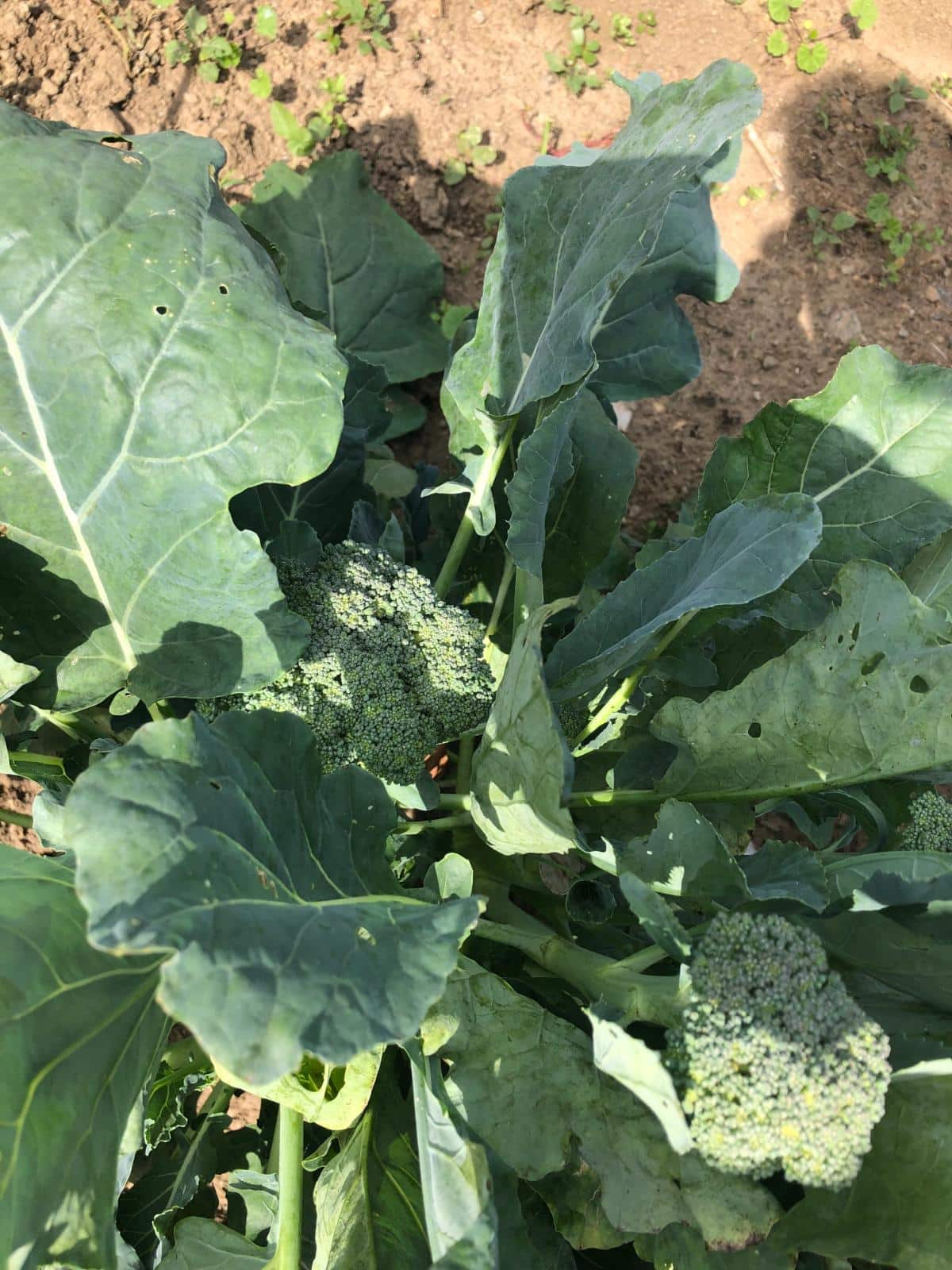
After you cut the main head of broccoli, new side shoots will grow. And they will continue to grow and grow for as long as you keep the side shoots cut.
Basically, after the first main head harvest, you will cut smaller heads and single-size broccoli florets about once a week for the rest of the season.
That season will go all the way from the first head harvest through frost and beyond.
You will harvest at least as much from the continuous harvests of side shoots as you will from the main head harvests. Often, a lot more!
Another thing that is nice about this is that you don’t have to wait for full new plants to grow. You can also have fresh broccoli for months on end, and still plenty to freeze or dehydrate for the winter.
3. You can eat other parts of the broccoli plant for more harvests

Heads and florets are not the only part of the broccoli plant you can eat!
You can also pick and eat the leaves. These can be cut, shredded, steamed, eaten fresh in salads, made into slaws, sauteed, made into green veggie powder, put in soups...all sorts of possibilities!
Chopped pieces of stems are also edible. In fact, the whole plant is!
Even florets that go to flower can be eaten, and they look pretty, too!
Shoots that are in between make a nice broccolini or broccoli rabe “substitute”.
4. It’s harder to get fall broccoli to mature to harvest
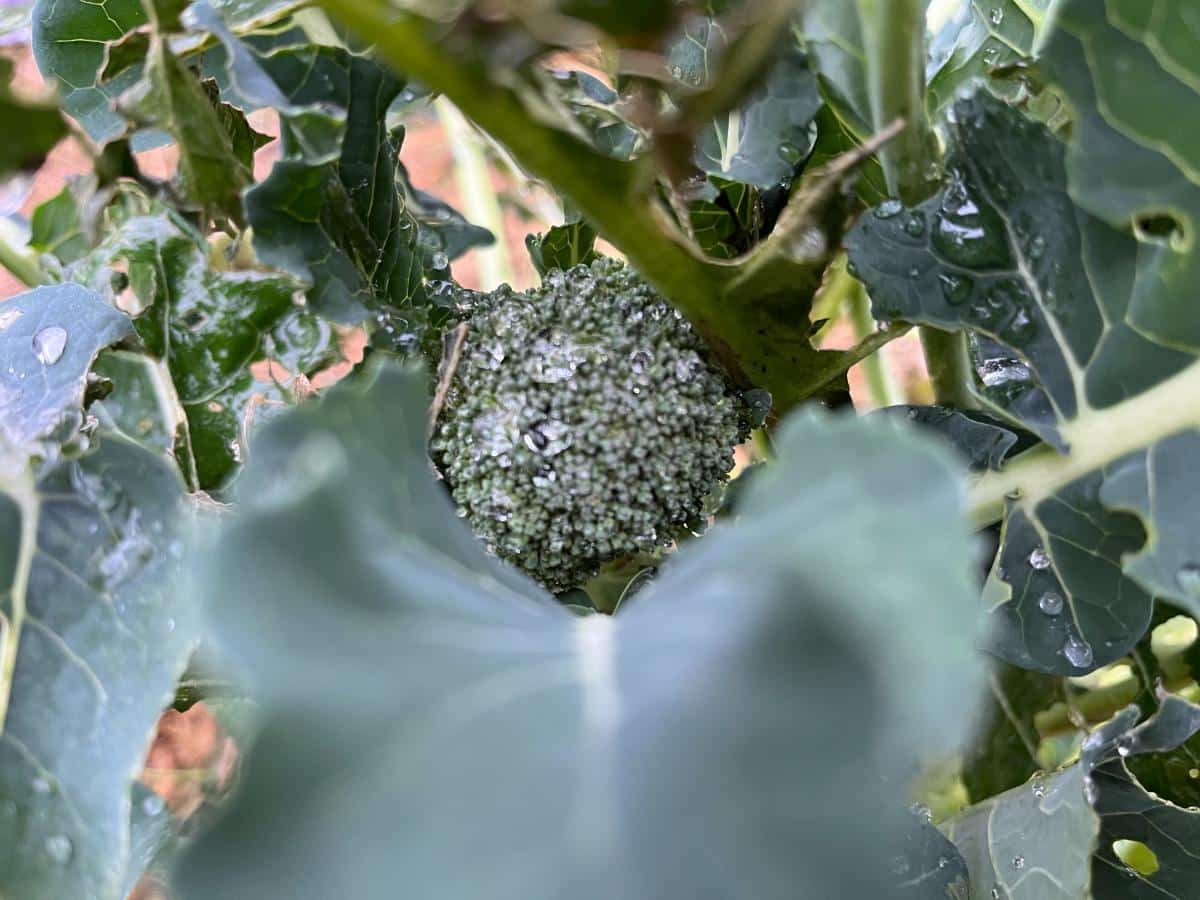
As we move into late summer and fall, the days get shorter. That means fewer hours of shortening daylight and cooler days and nights.
That is the opposite of what we get when we plant in the spring, and the broccoli matures in the late spring and summer.
Broccoli likes cool weather just fine, but it does grow slower when light declines and days are less warm. So, while it will continue to grow and produce (and actually prefers cooler days for production than hot ones), it will do so more slowly.
That can make it difficult to get those new plants to mature and grow heads as we move into fall.
Older plants are more reliable as the days shorten.
If fall or hard frosts come early, it may be difficult to get a fall harvest in from new fall broccoli plants. Established plants will already be mature and producing, though.
In fact, if your brassicas and broccoli slowed down when it got hot in the summer, you’ll often find they rebound and start producing again in the fall when temperatures cool off.
5. It’s just more work to replant for similar harvests and (possibly better) results
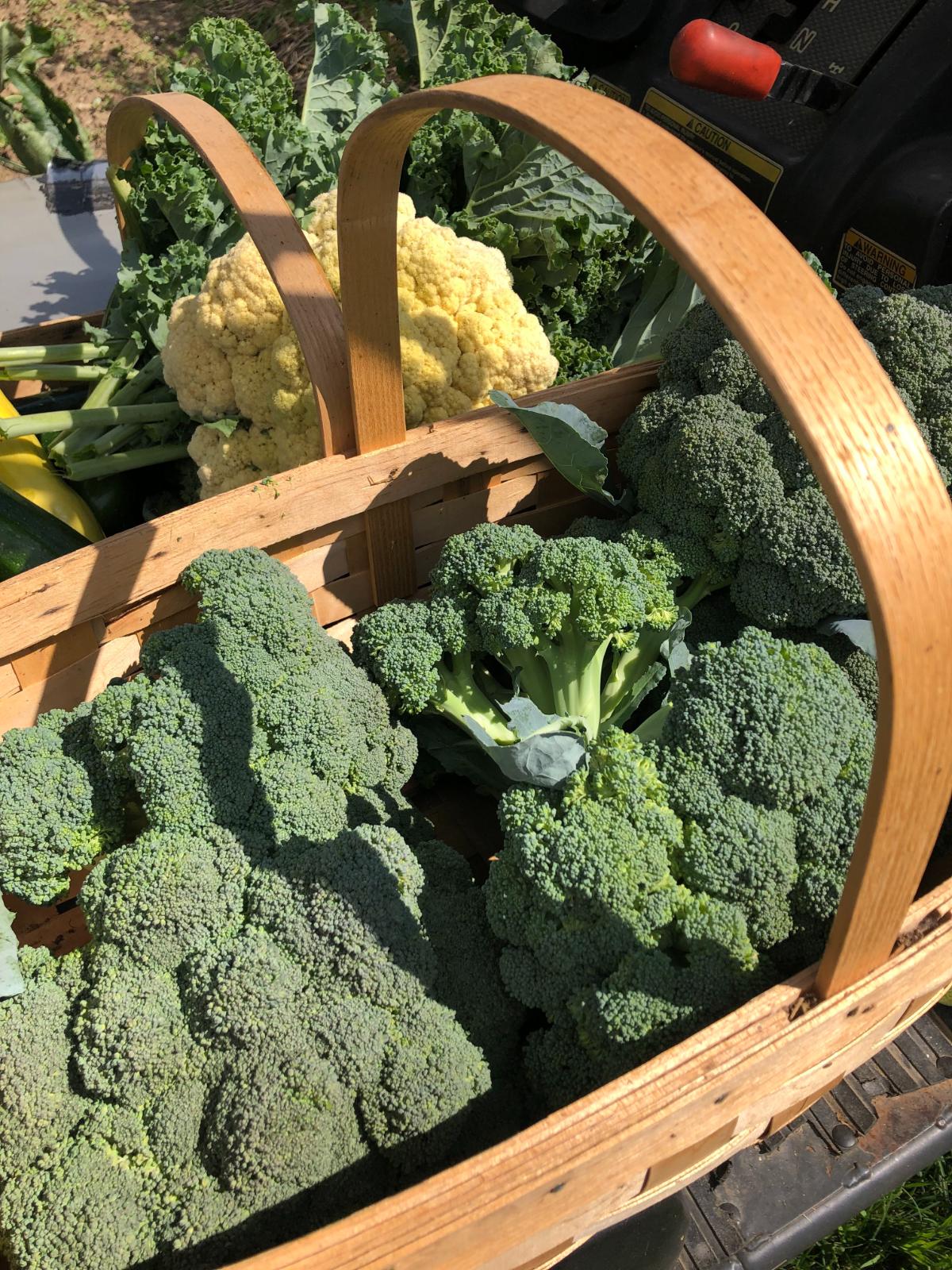
All told, the amount of broccoli that you harvest will be similar from continuous side shoot picking as it will be by waiting and harvesting a single large head from a new fall plant.
You end up putting in the same work –or more – to replant and get new plants to grow as you would to just maintain and pick from the larger plants.
There’s actually less ground to weed with large plants because they take up more space and shade out weed seeds.
The work-reward balance is in keeping the older plants and taking the side shoots.
6. Save money by keeping your summer broccoli plants going instead
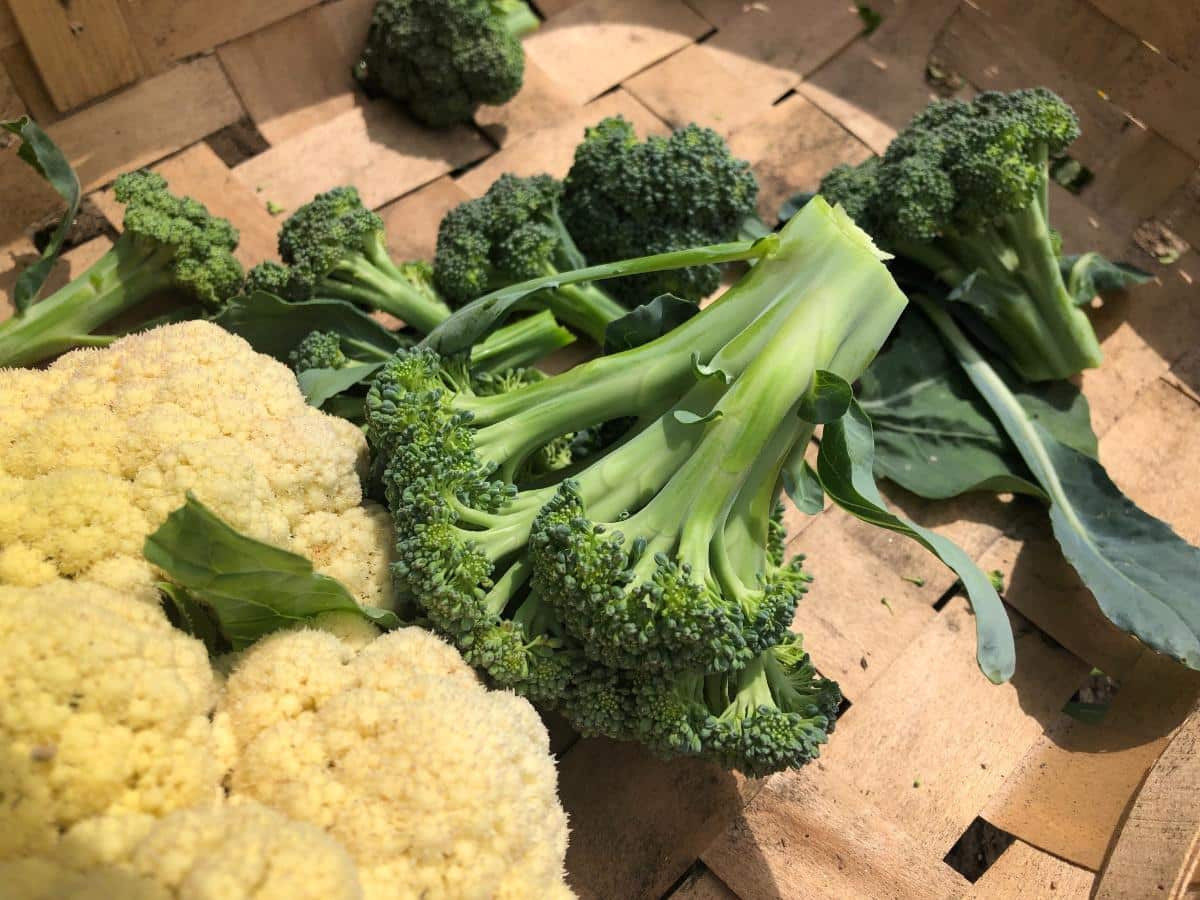
New plants mean more money. Even if you start your own seeds, there’s a monetary investment (albeit small).
If you don’t start them in the ground (which is a little less reliable than starting in pots anyway), there is a time investment as well as a supply investment (pots, potting soil...).
Many of us start from transplants that we buy, which is convenient, but is another cost. And as it turns out, it’s an unnecessary one.
When You Might Consider Replanting Broccoli for Fall
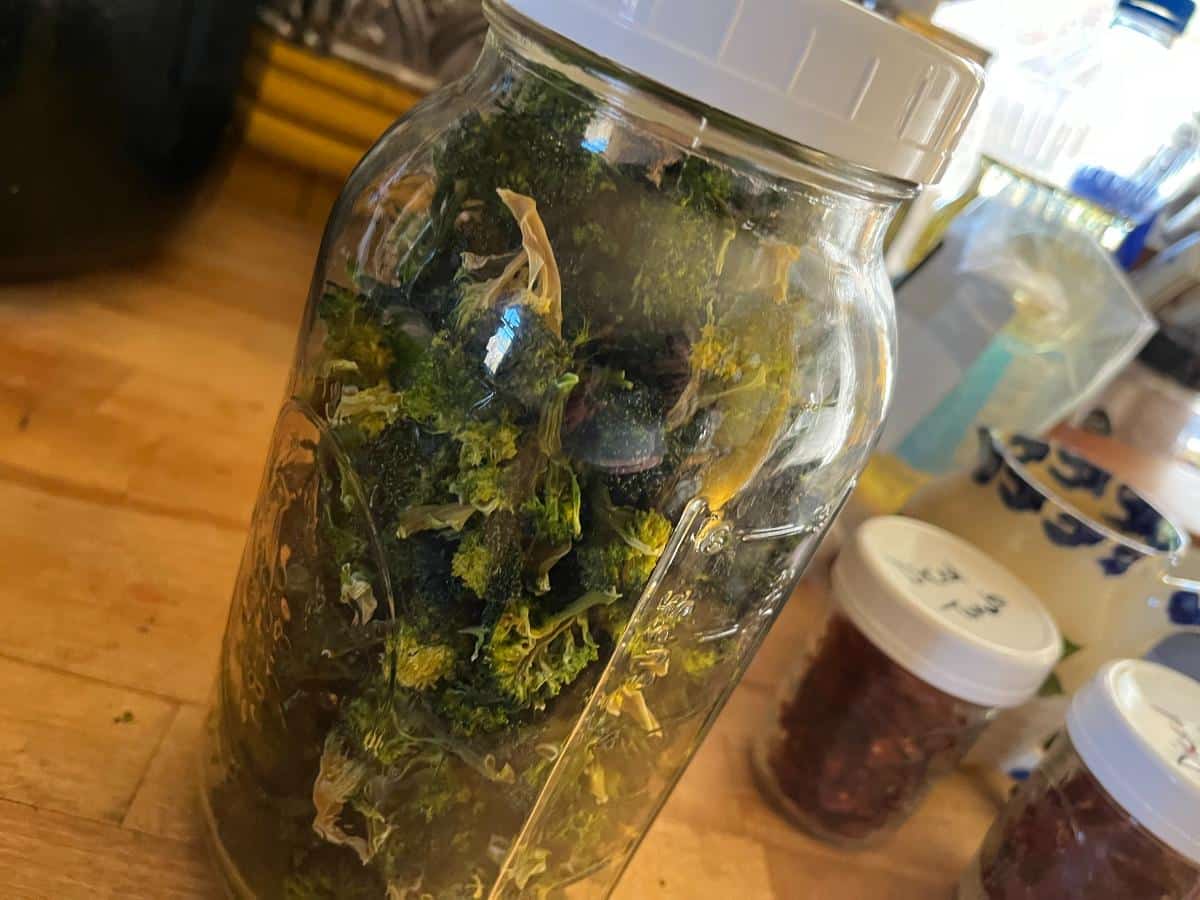
There might be times when replanting broccoli for a fall harvest makes sense.
Things don’t always go right in the summer garden, so when they don’t, it’s nice to have that option of planting your broccoli in late summer to harvest throughout the fall.
You might find it better to plant new broccoli for fall harvesting if
- Insects and worms have taken too high a toll – plants are damaged, stunted, and not rebounding
- You really only like large broccoli heads – the only time you will get full-sized heads from broccoli is that first cutting
- You don’t like harvesting side shoots
- Pests or diseases killed your spring and summer broccoli – a rainy summer, root problems, rot problems...broccoli is on the easier side to grow, but these things happen, and planting for fall gives you a second chance!
- You never got a chance to plant broccoli in the first spring/summer gardening season, or you didn’t plan to grow it – because broccoli thrives in cool weather, you can plant this later and longer than most other vegetables
- You have extra space from warm season crops that are now finished – maybe you didn’t have space for broccoli before, but if something else finished and won’t be replaced or regrown this season, you do now!
People are often intimidated by broccoli, but that is a reputation that it doesn’t deserve. While it’s true that broccoli is subject to pests (as any vegetable can be), those pests are controllable.
There isn’t much else that will do broccoli in, and since it is such a hardy plant, it’s really one of the easier vegetables to grow – and keep growing all the way through the fall!

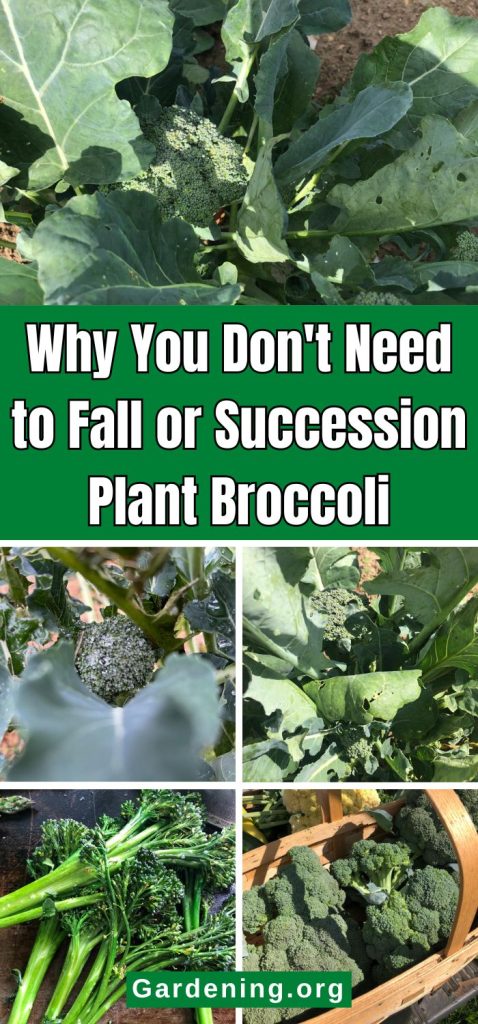
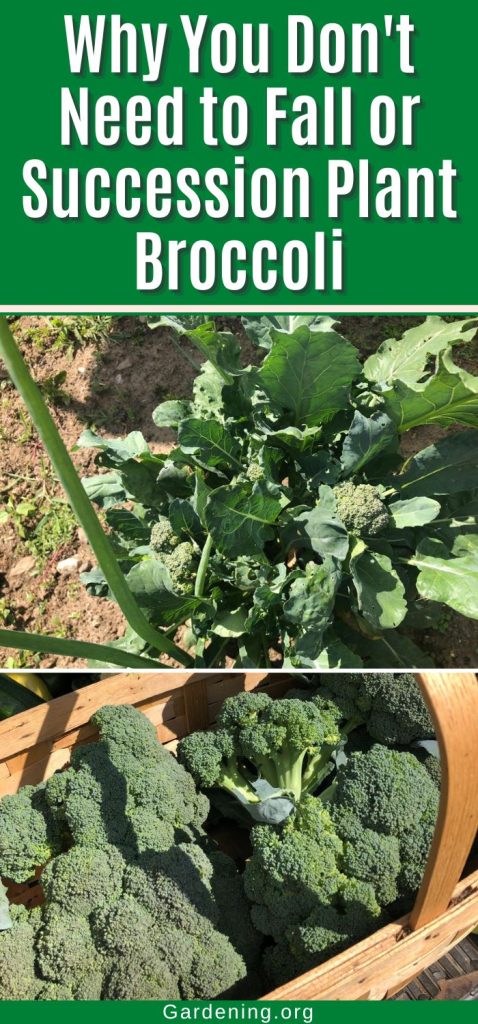
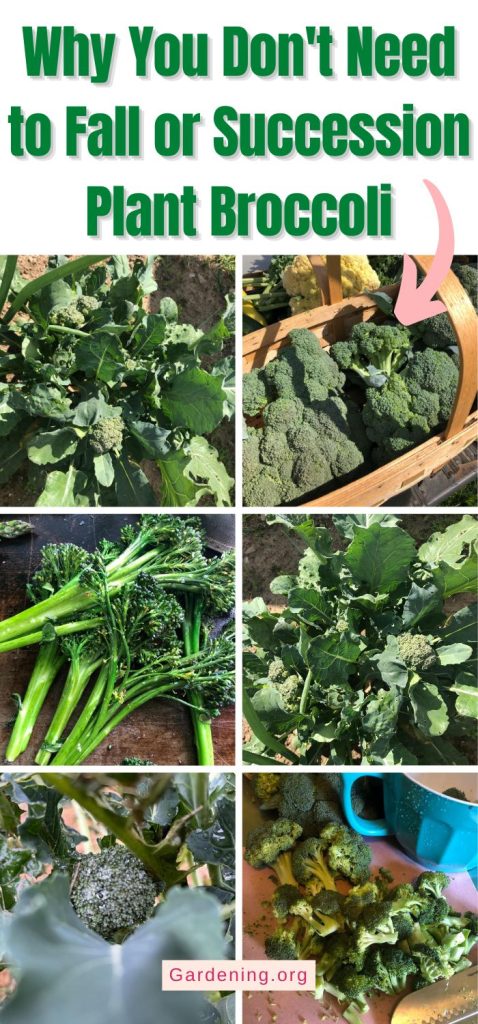
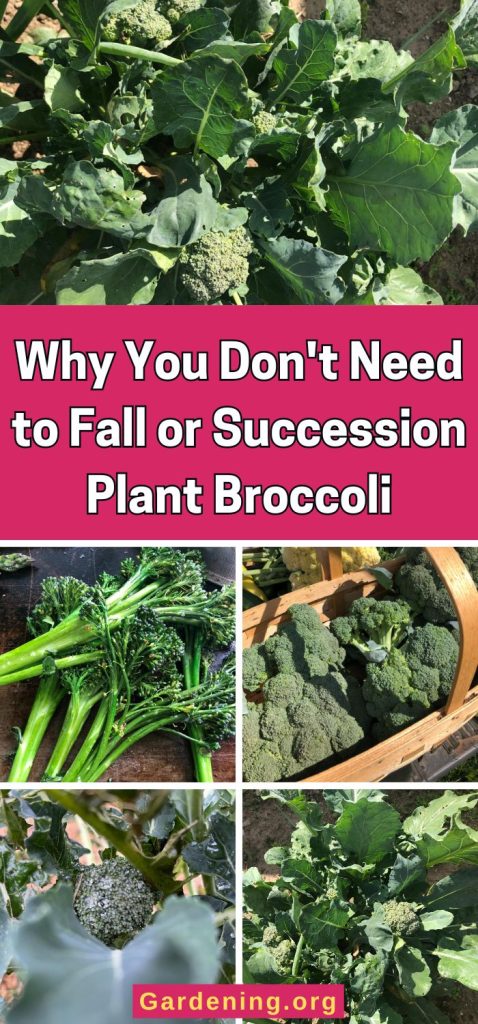




Leave a Reply